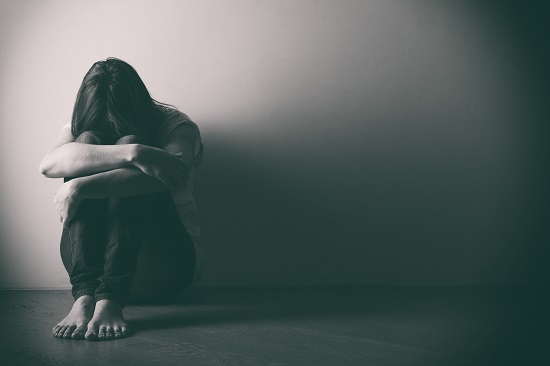CDC Data Reveals Disturbing Surge in Suicide Rates
Much more needs to be done to reverse this deadly trend.
A recent analysis of data from the Centers for Disease Control and Prevention (CDC) has shown that suicide mortality in the United States has increased dramatically in the 21st century thus far, even as global suicide rates have dropped.
Overall, suicide rates increased by 30% between 2000 and 2018, before declining somewhat in 2019 and 2020.
The data reveals mental health challenges in specific segments of the population
The largest increase came in the American Indian/Alaska Native (AIAN) population, with a 65% increase among AIAN women and a 35% increase among AIAN men. Suicide mental health more broadly plays a significant role in the shorter life expectancy among the AIAN community: about seven years less than the national average.
“The findings underscore the need to address underlying mental health issues in AIAN populations and emphasize the importance of implementing community-based suicide prevention strategies tailored to specific racial groups,” lead investigator Bibha Dhungel, DrPH, of Waseda University in Tokyo, Japan, told Medscape Medical News.
White men had the next-largest increase at 29%, as well as the highest overall suicide mortality rate. Suicide death rates tend to be higher among men than women, even though attempts are more common among women, primarily because men are far more likely to use firearms and firearms are by far the deadliest of the commonly used suicide methods.
A broad crisis that affects all ages and demographic groups
The overall suicide death rate among Americans is unacceptably high: nearly 46,000 deaths per year, or about one every 11 minutes.
As high as suicide mortality in the United States has become, looking at death rates alone obscures an even broader mental health crisis. In 2020, for example, an estimated 12.2 million American adults seriously considered suicide. Of those, 3.2 million planned a suicide attempt, and 1.2 million actually attempted suicide. And those numbers are only among adults; suicide rates among children and teens have risen, too.
The silver lining is that suicide is preventable. While a still-persistent myth claims that if someone is suicidal, there’s nothing more that can be done, the reality is that people at risk of suicide are highly conflicted and ambivalent. With timely help, support, and intervention, suicide risk can be mitigated and lives can be saved.
Friends, family members, and colleagues of people at risk of suicide can save lives by growing their awareness and learning basic suicide prevention methods, such as the QPR (Question, Persuade, Refer) method. And professionals who work with at-risk populations, such as social workers, legal professionals, and medical professionals, need to step up, learn the warning signs, and make timely and appropriate referrals to suicide prevention resources to save lives.
Our law firm pursues accountability and justice for families
Suicide is preventable, and unfortunately, too many preventable suicides occur because of the negligence of physicians, medical professionals, and mental health facilities. Doctors who care for suicidal patients need to conduct suicide screening, and then—if suicidal risk is detected, a systematic suicide risk assessment must be performed to determine appropriate suicide management.
If patients are to be treated outpatient, there must be more frequent visits and phone consultations each week; family members (when appropriate) are fully informed of the patient’s needs and made part of the treatment team; this means the patient needs to waive confidentiality and told why it is necessary.
These actions and the rationale need to be documented. If suicide risk is so high that the outpatient physician is uncertain the patient will live to the next appointment, the patient should be hospitalized for protection from suicide. Protection in the facility means one-to-one or line of sight monitoring. When healthcare clinicians and mental health facilities do not meet standards of care, the consequences can be tragic. We work to hold them accountable.
If you have lost a loved one to suicide completion, the Law Offices of Skip Simpson would be honored to listen to your story and explain your legal rights and options. Give us a call or contact us online for a free, confidential, no-obligation consultation. Our firm is based in Texas but serves families nationwide.





